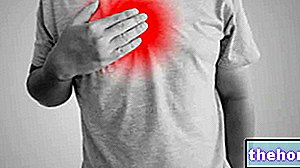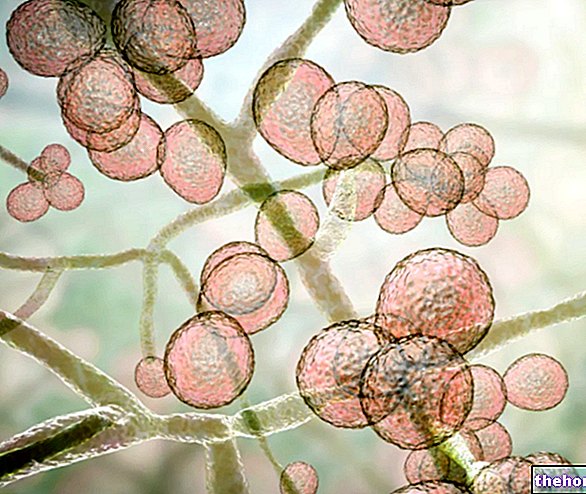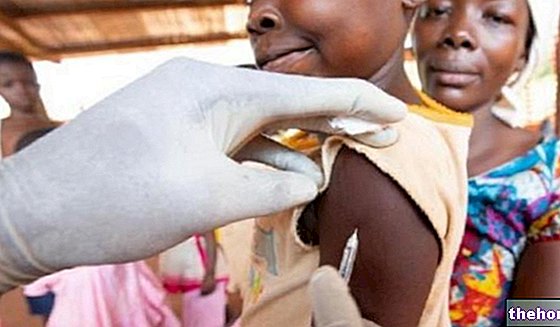Treatment
The routine use of antiviral drugs (Tamiflu ®) for the treatment of influenza syndrome is not recommended, due to the low relevance of the outcomes (the decrease of about a day of fever in adults and a half-day decrease of fever in children), adverse events - sometimes even serious ones - and resistance phenomena associated with their use.
Neither is the use of antibiotics recommended in uncomplicated influenza syndrome, nor is it recommended for sore throat from influenza syndrome, unless there is evidence to ascertain bacterial origin (whitish plaque in the tonsils and positive throat swab for bacteria). The treatment of uncomplicated forms of swine flu includes rest, antipyretics and analgesics (drugs that lower fever and relieve pain), sedative cough syrups and administration of liquids, preferably sweetened. In bacterial pulmonary complications, antibiotic therapy must be immediate.
The use of antipyretic and anti-inflammatory drugs must not be aimed at the continuous control of fever, but at the need to offer relief to the patient's malaise and to his difficulty in managing it. The drugs most used for the relief treatment of fever and painful symptoms of adults are Paracetamol (particularly recommended due to its minor gastric damage), Ibuprofen and Diclofenac. In subjects with increased risk of heart and vascular diseases. the use of Paracetamol is recommended, while for those already on low dose Aspirin® therapy, a valid alternative is to increase the dose of the same until reaching the minimum dose necessary to obtain the desired antipyretic and analgesic effect.
In children, on the other hand, Ibuprofen and Paracetamol are recommended, but Aspirin® is not recommended, due to its association with Reye's syndrome, characterized by encephalitis and fatty liver.
Vaccination for H1N1 in Italy
On the basis of the "Ordinance signed by the Deputy Minister of Health on 11-09-09, the priority for the administration of the vaccine in Italy is up to:
• people considered essential for maintaining continuity of care and work: health and social health personnel; personnel of the public security and civil protection forces; personnel of the Administrations, Bodies and Companies that ensure essential public services; periodic blood donors;
• women in the second or third trimester of pregnancy and women who are breastfeeding;
• people at risk aged between 6 months and 65 years;
• people aged between 6 months and 17 years, not included in the previous points, on the basis of the updates of the technical data sheet authorized by the EMEA or of the indications that will be provided by the Superior Health Council;
• people between 18 and 27 years, not included in the previous points.
In particular, those suffering from: chronic diseases affecting the respiratory system (asthma, bronchopulmonary dysplasia, cystic fibrosis and COPD) are considered people at risk; diseases of the cardiovascular system (congenital and acquired heart disease); diabetes mellitus and other metabolic diseases; kidney disease with kidney failure; diseases of the blood and lymphatic system; neoplasms; severe liver disease and liver cirrhosis; congenital and acquired diseases that involve a lack of antibody production; drug-induced or HIV-induced suppression of the immune system; chronic inflammatory diseases and intestinal malabsorption syndromes; pathologies linked to an increased risk of aspiration of respiratory secretions (neuromuscular diseases; obesity with body mass index BMI> 30).
Depending on the availability of the vaccine, other categories of subjects not considered at risk may also be included in the program during the vaccination campaign.
At present, no information has been provided regarding vaccinations for pregnant women.
The pandemic influenza vaccine (H1N1) available today in Italy is called Focetria ®, and is produced by the pharmaceutical company Novartis. The other two vaccines available are Pandemrix ®, manufactured by GlaxoSmith Kline, and Celvapan ® by Baxter.
What Focetria ® contains
Active principle: influenza virus surface antigens (haemagglutinin and neuraminidase) of the A / California / 7/2009 (X-179A) virus strain.
Adjuvant: the vaccine contains an adjuvant (MF59C.1) needed to stimulate a more effective immune response. MF59C.1 is an oil / water emulsion containing 9.75 mg of squalene, 1.175 mg of polysorbate 80 and 1.175 mg of sorbitan trioleate in citrate buffer.
Excipients: thiomersal (in multi-dose vial only), sodium chloride, potassium chloride, monobasic potassium phosphate, disodium phosphate dihydrate, magnesium chloride hexahydrate, calcium chloride dihydrate, sodium citrate, citric acid, water for injections.
See also: Nutrition, Medicinal Herbs and Flu
Other articles on "Swine Flu A / H1N1 Treatment and Treatment"
- Swine Flu A / H1N1 complications
- Swine flu or A / H1N1 flu
- Swine flu: viral transmission and mutation
- Swine flu symptoms A / H1N1
- Swine Flu A / H1N1 vaccination




























